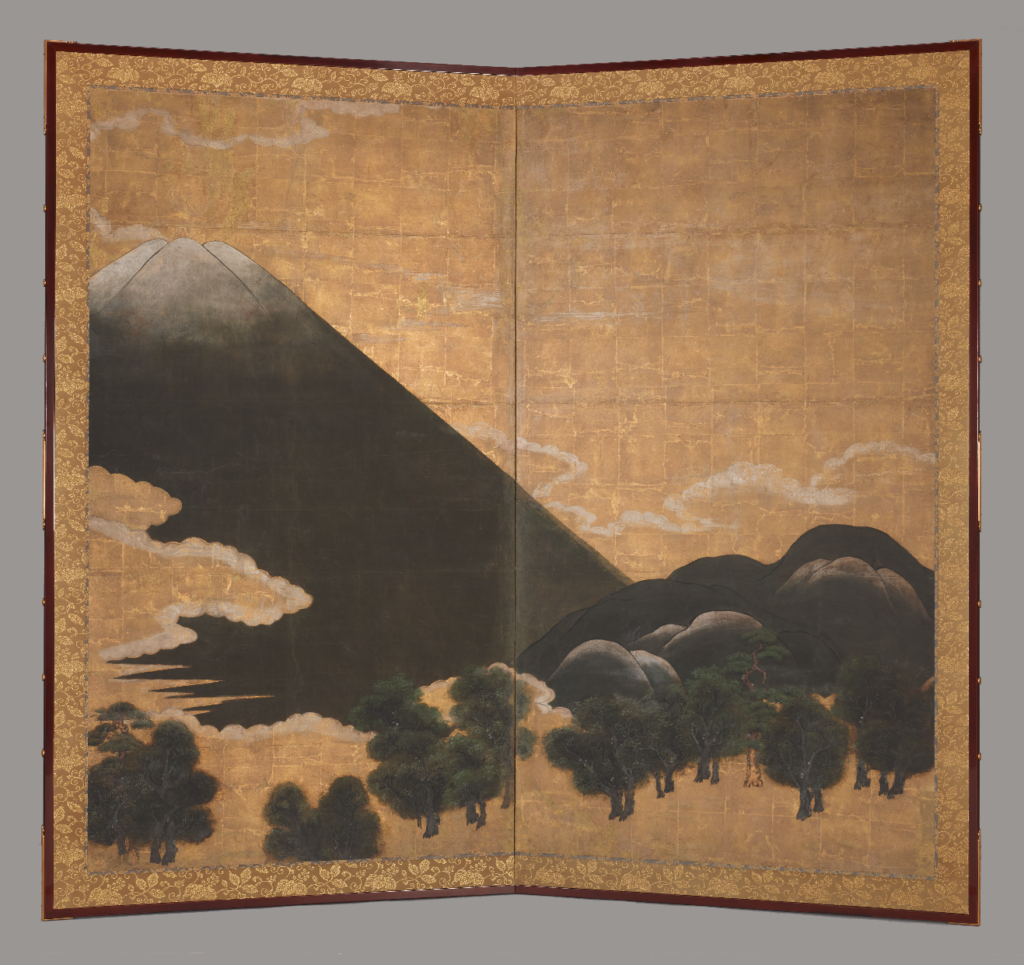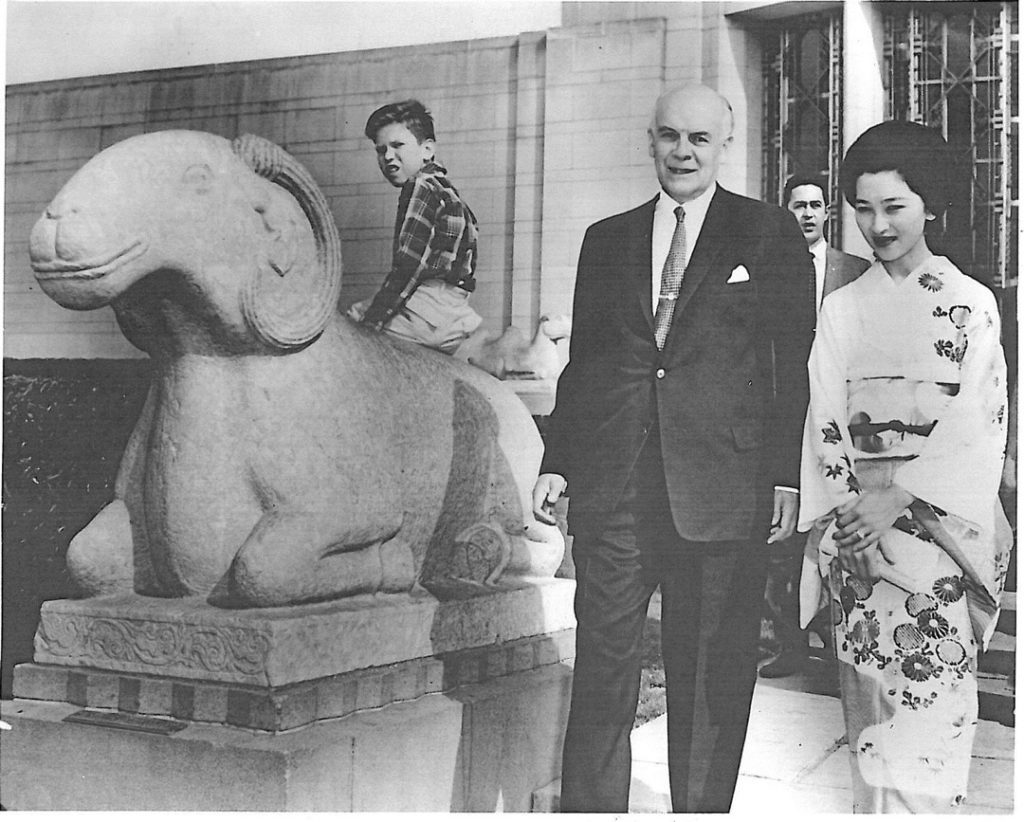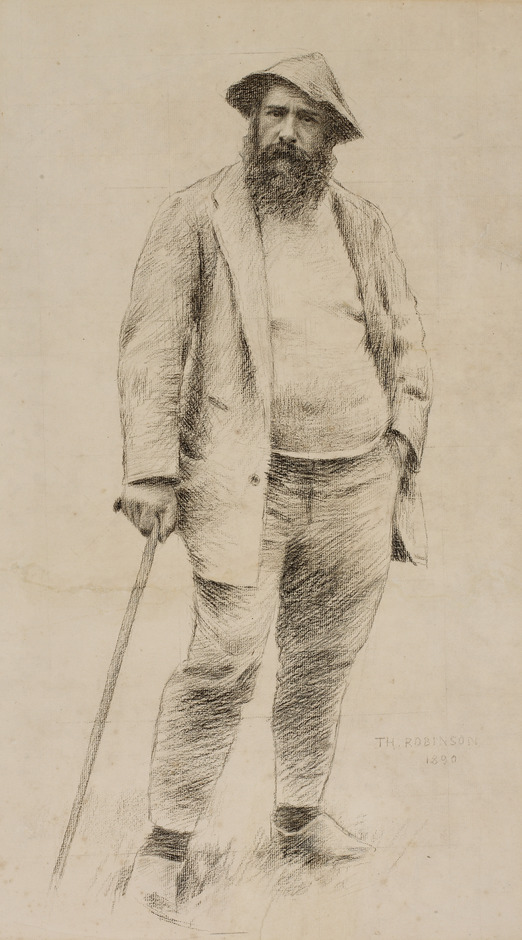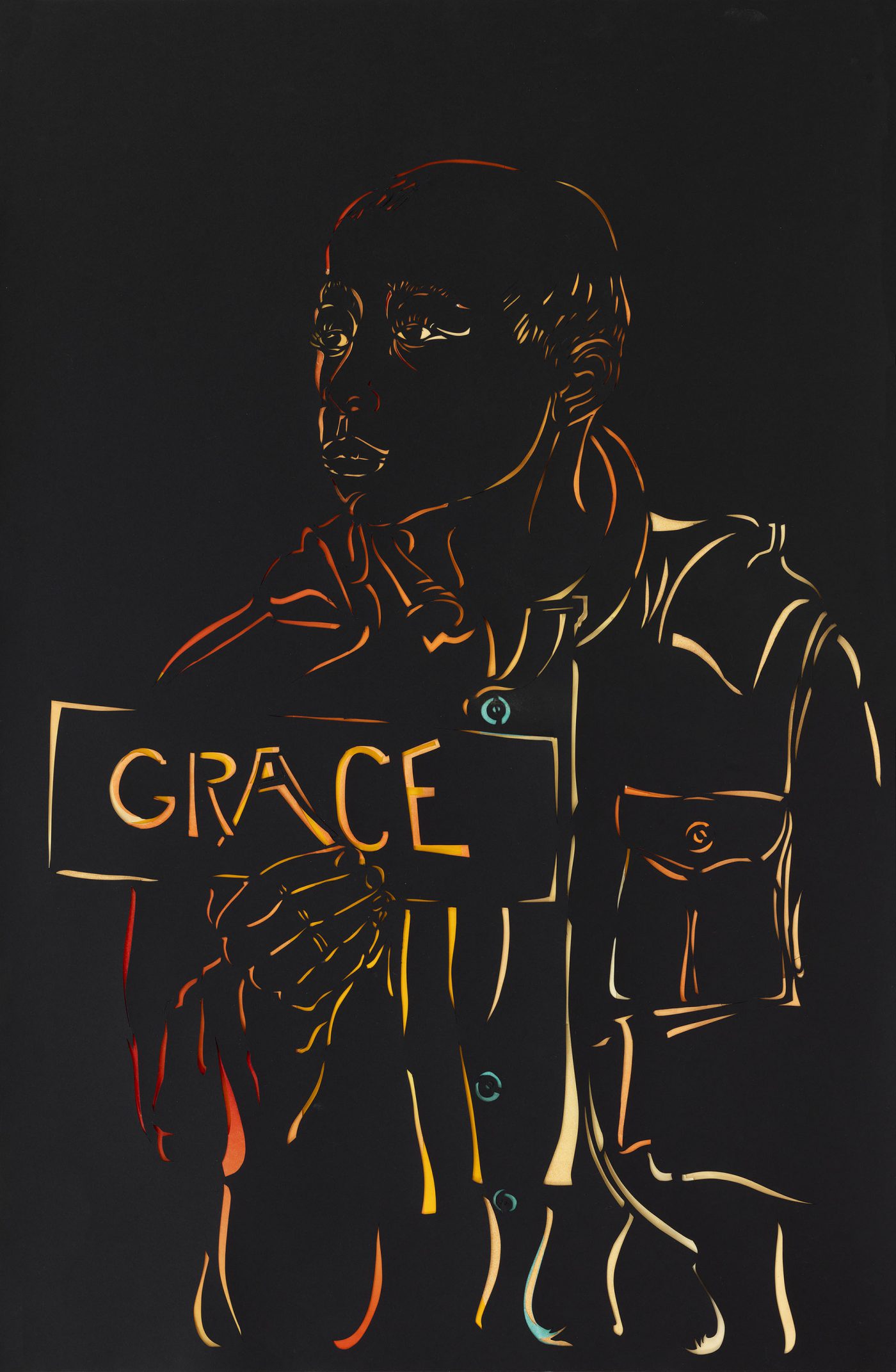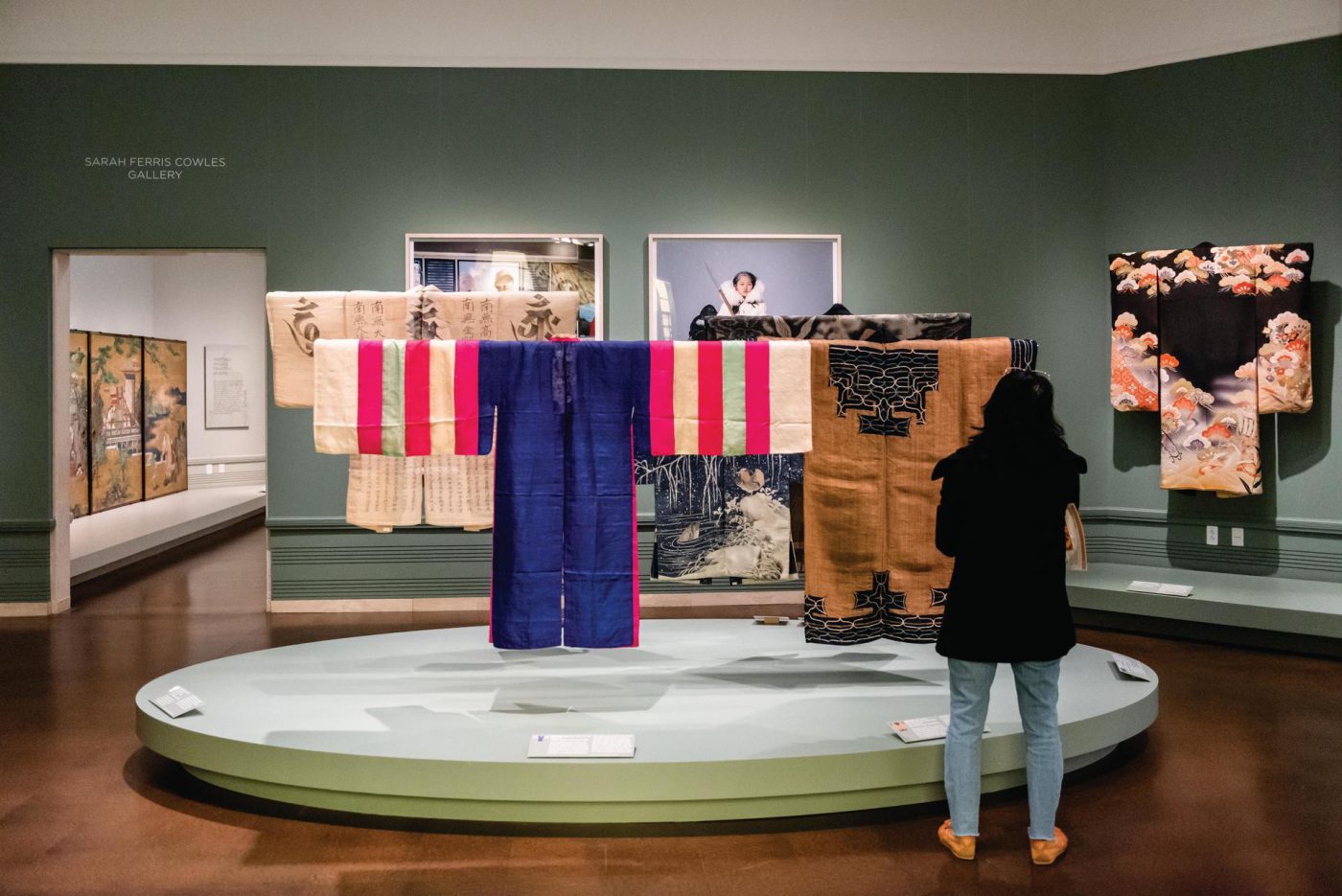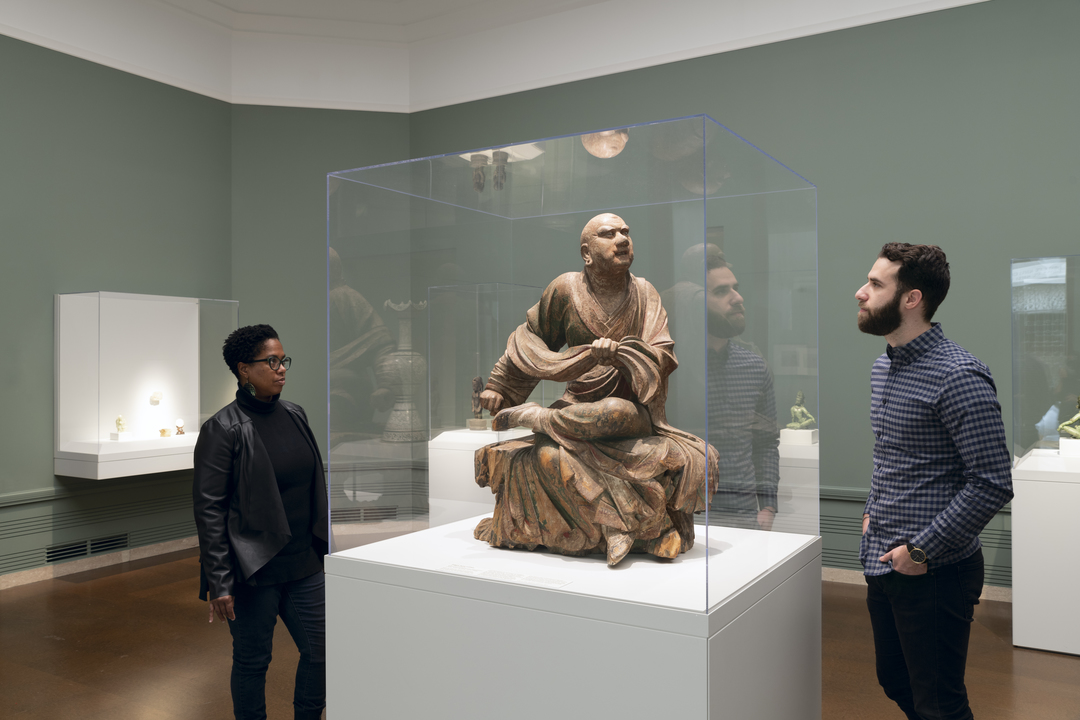Seattle Asian Art Museum: Japanese Collection Tour
The recent restoration and expansion of the Seattle Asian Art Museum presented a special opportunity to completely redesign and reinstall the museum’s galleries. For the inaugural installation, Boundless: Stories of Asian Art, SAM’s Asian art curators collaborated to select outstanding artworks which showcase some of SAM’s most significant holdings of Japanese, Korean, Chinese, and South Asian art.
Thanks to a generous grant from the Atsuhiko & Ina Goodwin Tateuchi Foundation, we were able to record a dedicated tour of the Japanese masterworks featured in the museum. Xiaojin Wu, Atsuhiko & Ina Goodwin Tateuchi Foundation Curator of Japanese & Korean Art, leads this tour, which provides a close look at more than a dozen artworks ranging from a new site-specific contemporary installation to ancient works, including several on view in the Atsuhiko & Ina Goodwin Tateuchi Galleries.
Xiaojin welcomes us to the museum under Kenzan Tsutakawa-Chinn’s Gather, the site-specific light sculpture hanging in the Garden Court, and which metaphorically gathers energy from Isamu Noguchi’s The Black Sun, a sculpture sitting outside the museum.
As she makes her way through the galleries, Xiaojin points out a 10th-century sculpture of Tobatsu Bishamonten, a Buddhist guardian figure. Bishamonten stands on the shoulders of Jiten, the earth goddess, in a representation that takes its form from Shinto sculptures. In a gallery focused on sites of worship, Xiaojin discusses the 18th-century screen, View of Mt. Fuji. Mt. Fuji serves as one of the most significant sites for Buddhist and Shinto pilgrimage in Japan, and this beautiful work paints Mt. Fuji from a famous viewpoint in Miho’s pine forest.
An integral element of the reinstallation was the decision to organize galleries by theme rather than by country of origin. One telling example can be found in one of our unique vaulted ceiling galleries: a 12th-century Japanese scroll of the Lotus Sutra is placed beside a page of a blue Quran from Tunisia. These works refer to two very different religions, but both use similar materials: gold and silver on indigo dyed paper or parchment. Placed beside one another, their shared visual quality creates an intriguing juxtaposition.
Near the end of the tour, Xiaojin directs our attention to a work acquired by Seattle Art Museum’s founder Richard Fuller. Inspired by a haniwa warrior on view in Treasures of Japan, an exhibition SAM hosted in 1960, and a designated national treasure in the Tokyo National Museum’s collection, Dr. Fuller acquired a similar haniwa for the museum the following year. He proudly called the Seattle haniwa “the brother of the Tokyo haniwa,” as they were excavated at the same time in the 1930s and from the same place in Ōta city, Gunma Prefecture.
SAM’s collection of Japanese art is one of the finest outside of Japan and one of the top ten in the United States. The 3,400 objects within the collection include significant examples of painting, sculpture, lacquerware, and folk textiles. Thank you to the Atsuhiko & Ina Goodwin Tateuchi Foundation for making it possible for us to create this video tour which allows SAM to better share this incredible collection of Japanese art with not only museum members and local audiences, but with the larger community and art-enthusiasts from across the globe as well. Visit the Seattle Asian Art Museum now to see all the amazing artworks featured in this video.
– Sarah Michael, SAM Director of Institutional Giving
